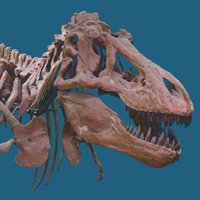
Dr. Love (Timothy Bradbury)
@drtimbradbury
Polymath | Software Designer | Investor | Bioscientist | Environmentalist | Visionary Artist | Mystic Mind Weaving Patterns Across the Multiverse
ID: 1935792844532596739
https://wonderful.university 19-06-2025 20:13:10
107 Tweet
24 Followers
248 Following
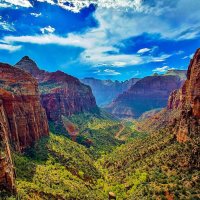





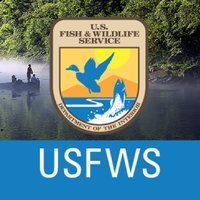


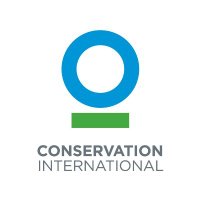
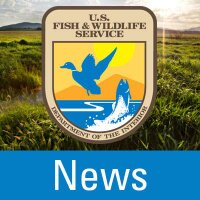


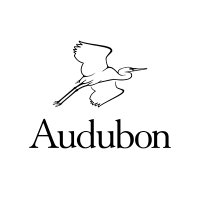
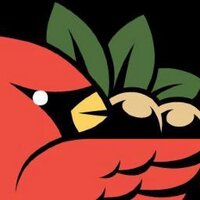
It's World Lizard Day! There are 4 species native to Ohio & one exotic species has become established. Learn about these cool critters in Ohio Div of Wildlife Reptiles of Ohio Field Guide: bit.ly/3YJOYmV




